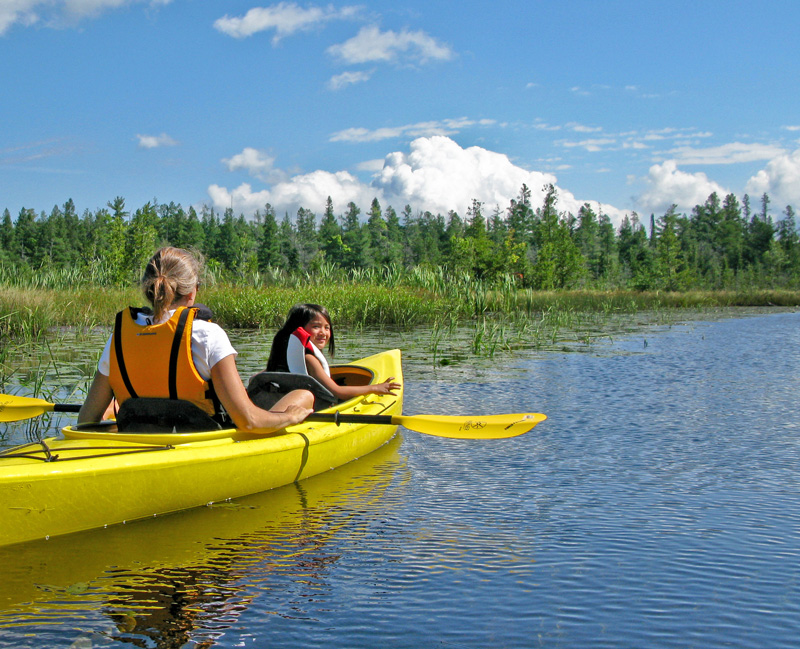Coastal Wetlands
Measuring what matters: Shared goals
Great Lakes coastal wetlands are critical to the health of the Great Lakes. They filter pollutants from water that flows into the Great Lakes and soften the effects of extreme weather and changing water levels on shorelines. Coastal wetlands further support fish and wildlife that are critical to the region’s recreation and tourism economy. Overall, coastal wetlands provide services to people and wildlife worth billions of dollars.
What we do
During Blue Accounting’s pilot phase, The Nature Conservancy — in partnership with the Great Lakes Commission — supported the Great Lakes Coastal Assembly in measuring work to restore and protect Great Lakes coastal wetlands. The GLC is considering ways to continue tracking the region’s progress in restoring critical wetland ecosystems in the Great Lakes basin.
What we measure
Information from the pilot effort is available within the Blue Accounting Data Portal and is updated as new data becomes available. Products include:
-
- A dashboard showing the combined protected, restored, and enhanced coastal wetland acreage by jurisdiction and lake basin
- A dashboard showing Investments in projects to protect, restore, and enhance coastal wetlands, by year and location
- Maps of Wetland Breeding Bird and Amphibian Index of Ecological Condition (IEC) using data from State of the Great Lakes, 2017
- Maps of the percentage of existing coastal wetlands in the Great Lakes that are protected, by state/province, Great Lake, and sub-lake unit

Kayaking in Glen Arbor, Michigan. ©flickr/michaelschwartz
